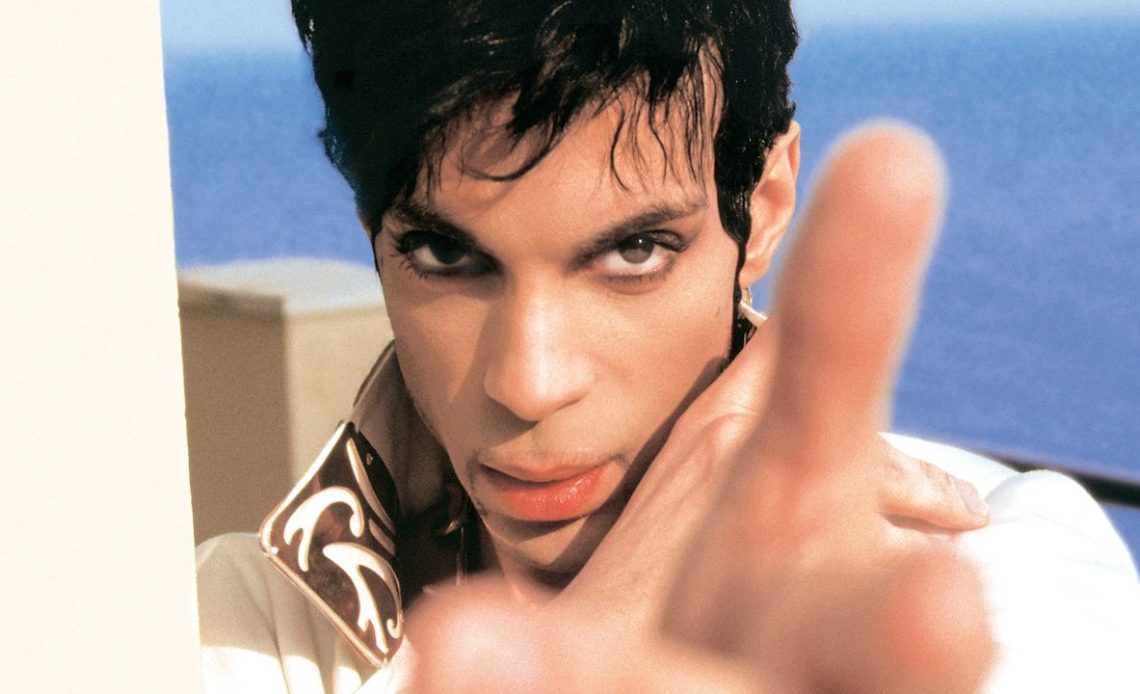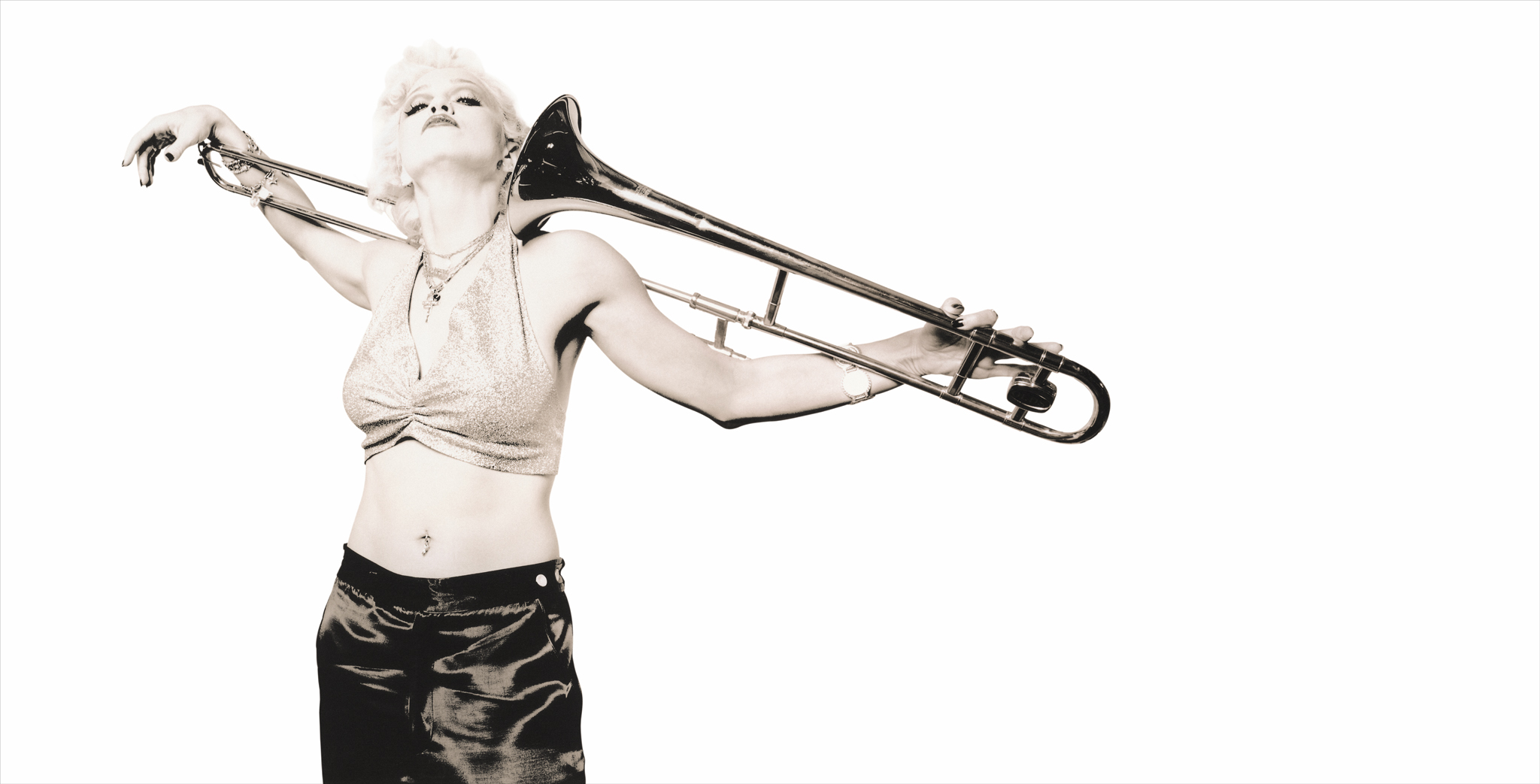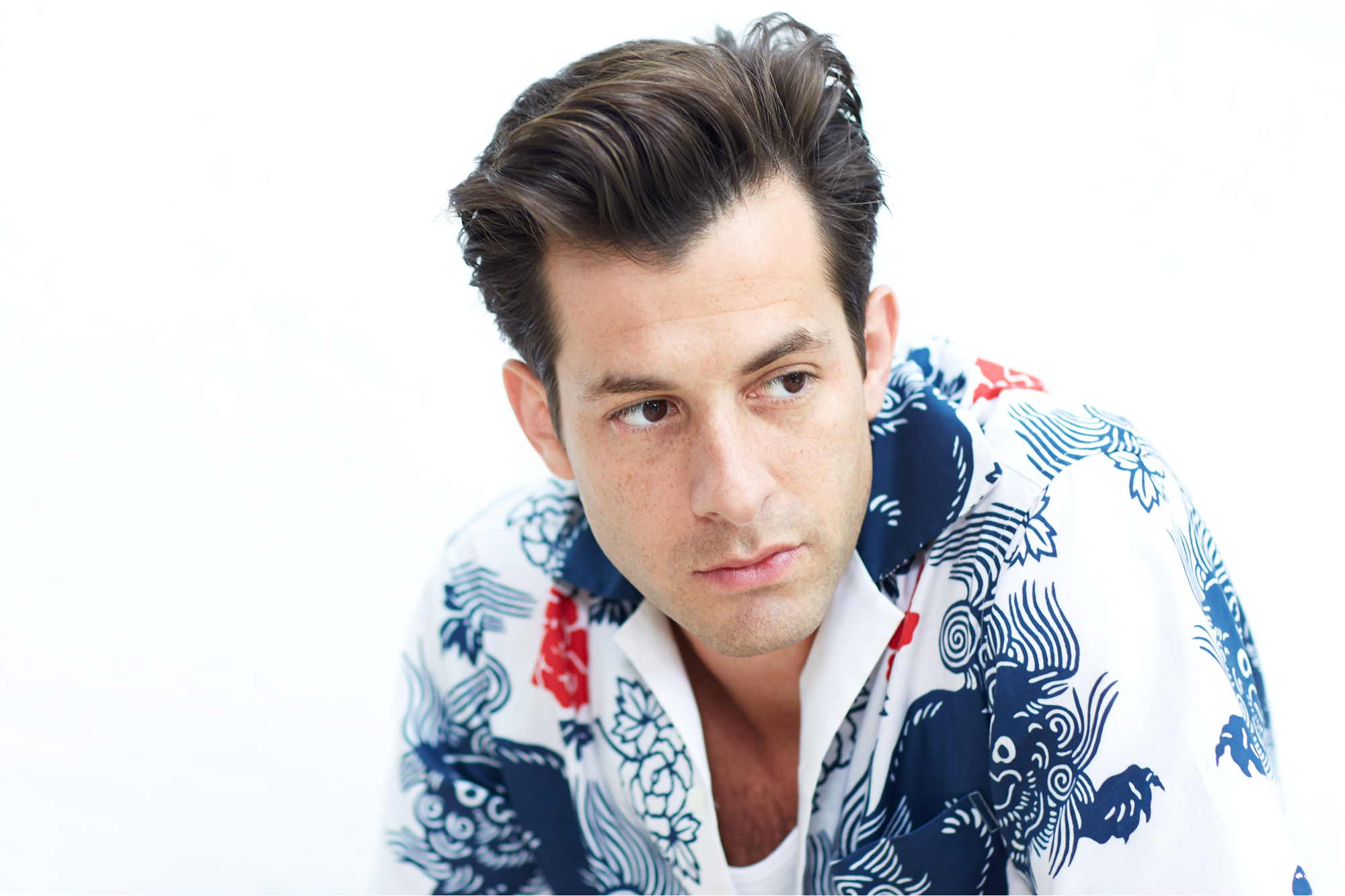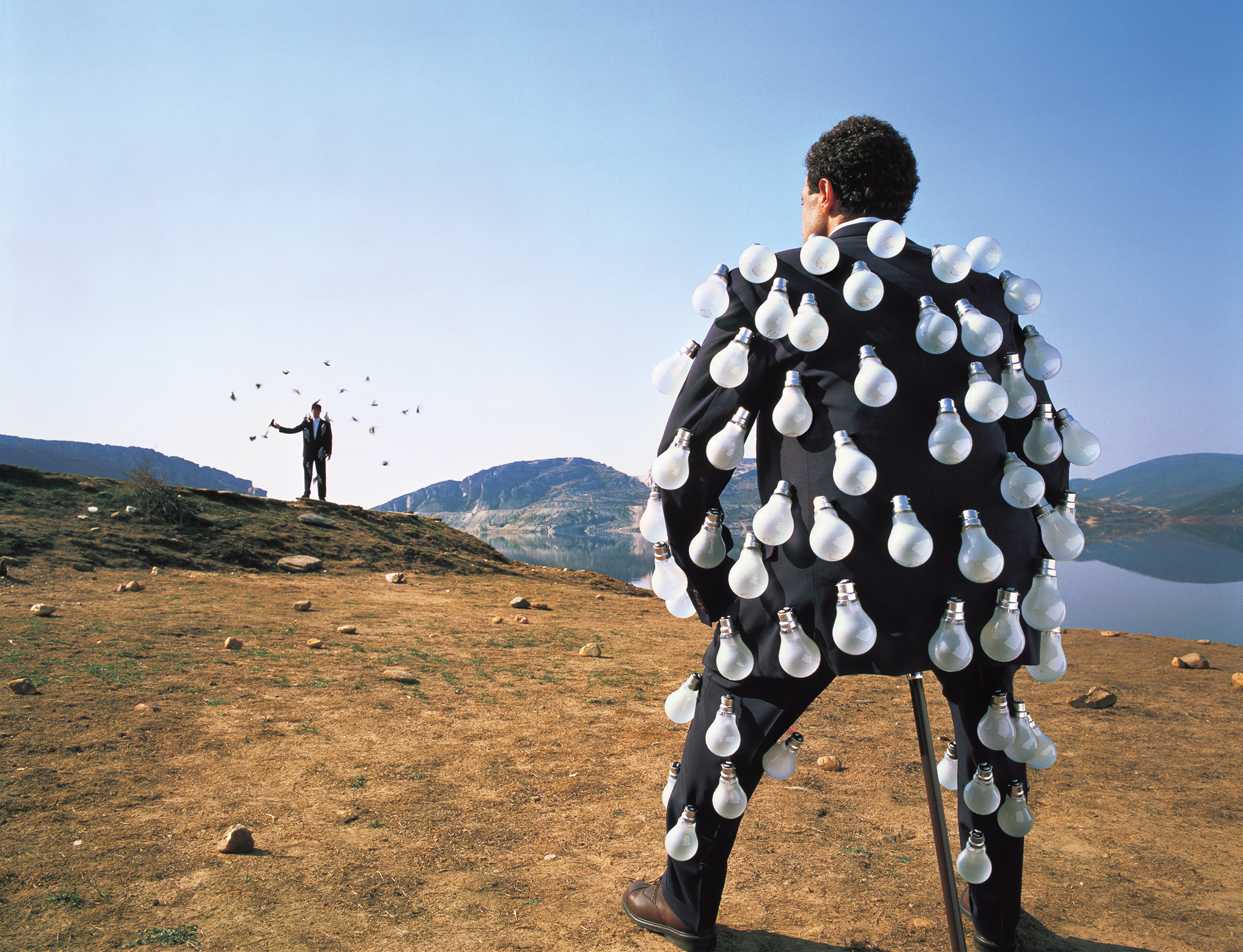
If you’ve ever looked at an album cover or music poster and thought: “Wow!”, there’s a good chance the British photographer Andy Earl was involved. Across four decades, he has created more than 400 album covers and countless portraits of artists who shaped an era. Johnny Cash, Pink Floyd, Prince, Madonna, Robbie Williams: the list reads like a history of classic pop and rock.
Now, a new UK exhibition at TheGallery, Arts University Bournemouth, highlights how Earl didn’t just shoot musicians; he made audiences see them differently.
The point is that Earl’s portraits are not straightforward likenesses; they are interpretations. Rather than attempt to capture artists as they looked, Earl often sought to express how they felt to the culture at that particular moment.
His shot of Johnny Cash, for example, conveys not just the musician’s presence, but the emotional weight and mythology surrounding him. In doing so, Earl has helped shape public understanding not just of individual musicians but of what it means to be a cultural figure at all.
In this light the new exhibition, titled See or be Seen, running from 6 November through to February 2026, foregrounds photography’s power in shaping modern music’s identity. It encourages visitors to consider how much of what we believe about artists begins with how they are visually framed.

Earl’s work extends well beyond album covers. As a director, he made more than 20 music videos, including an award-winning collaboration with The Rolling Stones. For that project, he shot 12,000 stills using a camera in each hand, numbering each frame so animators could morph them into a fluid, sculptural visual sequence.
The resulting effect—blurred, rhythmic, atmospheric—was ahead of its time, and its core principle was later developed into the now-famous “bullet time” effect seen in the 1999 sci-fi movie The Matrix.
This kind of visual experimentation was key to Earl’s approach. Indeed, it was an early flash misfire that helped him develop his signature fusion of blur and clarity at art school. Rather than dismiss the accident, Earl followed it, experimented with it, and turned it into a defining visual approach.

It’s a startling reminder that innovation thrives where control loosens, and when photographers are willing to look twice, rather than correct immediately.
Revisiting the archive
To prepare the exhibition in collaboration with TheGallery’s curator, Violet McClean, he spent months revisiting decades of his work.
“There are the celebrities that I’ve photographed over the years which I think fans will find fascinating as they’ve been captured in different eras,“ he says. “Then, there’s those shots that haven’t been exhibited before, the ones that I think say something a bit different, gave me a buzz when I took them and show something new.”

Overall, Earl’s career shows that photography does not sit quietly alongside music; it actively shapes how music is perceived, understood, and mythologised. His work demonstrates that the photographer is not simply a recorder of moments, but a translator of atmosphere and emotion.
In other words, Andy Earl didn’t just show us musicians. He changed the way we see music.
Andy Earl: See or be Seen opens at TheGallery, Arts University Bournemouth, on 6 November, running until 12 February 2026.
Author: Tom May
Source: DigitalCameraWorld
Reviewed By: Editorial Team



